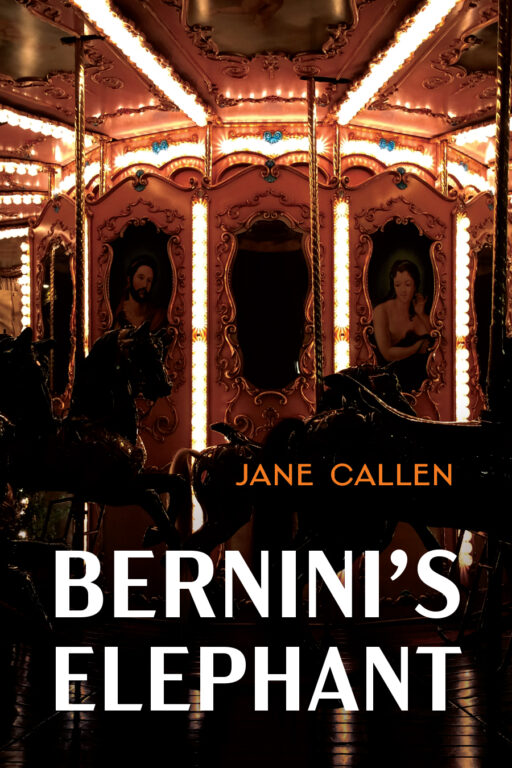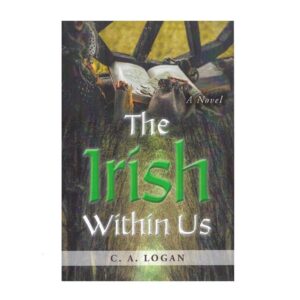by
Albert Einstein noted that energy cannot be created or destroyed, only changed from one form to another. Kat, a middle-aged marketing executive from Vancouver, ponders the truth behind Einstein’s law as she tours the antiquities of Italy. In Pompeii, volcanic ash remains in the shape of a woman bear witness to her futile escape of the rage of Mount Vesuvius. Kat, a widow with blood on her hands, contemplates the ancient woman’s destiny and her own. To escape the consequences of past choices, Kat abandons her travel companion and sometime accomplice. She links up instead with Franco, a street artist painting in the Roman twilight near Bernini’s sculpture of an elephant. Becoming Franco’s patron is the easy part. Kat learns that Einstein’s theory holds in everyday life. She cannot escape past decisions. Murder undetected remains murder after all.
Excerpt from Page 1
Transformed into volcanic ash, the woman clawed her way forward, her belly close to the ground. Modern science reveals a child in her womb. Kat peers between the iron bars of the warehouse at the figure in the glass coffin, then turns to glimpse the woman’s killer, Mount Vesuvius.
Tourists pay 100 euros to shove buds into their ears and listen as the state-certified guide Luciana recounts the futility of the woman’s flight. “Although the inhabitants of Pompeii died suddenly from a catastrophic eruption of volcanic ash in 79 AD, they were already mortally ill.”
Like us, Luciana explains, they enjoyed a high standard of living.
“Their water, for instance, coursed through the city in a complex system of pipes.” She kicks a remnant of piping beside a low-lying wall. “The citizens of Pompeii were dying from lead poisoning.”
Caitlin Hicks, Goodreads Reviewer on Goodreads wrote:“Bernini’s Elephant by Jane Callen is an impressive debut novel. Kat is a recently-widowed Canadian, who travels to Italy, where she discovers Franco, a young Italian painter. Kat decides to become his patron and brings Franco to Vancouver to study at the Emily Carr School of Art. Franco eventually returns to Italy, has a family, and continues to work as an artist. Several years later, Kat and Franco reconnect, and the novel unspools from there. In addition to the page-turning story itself, Callen has written an inspired examination of the ‘artist’ trope, as a hypersexualized and hedonistic creative genius, while at the same time revealing the political realities of navigating success in the art world, with a believable cast of characters whose own lives circle around Franco’s place in the world. Enriched by lush, detailed descriptions of Italy and simply beautiful writing, the novel is highly recommended."
"Against a backdrop of Italian buildings and ruins, lagoons, canals, islands and descriptions of the best Italy has to offer, a traditional-yet-modern, a distant-yet-mysterious story emerges. Kat, a widow, (whose husband died after a meal of mushrooms he foraged himself) visits the ruins of the home of the Marquis de Sade, where he poisoned his young victims if they didn’t acquiesce to his sexual demands. She's traveling in Italy with her former flatmate, Faith, a 40-something widow with dark secrets of her own. When Kat picks up a stone from the site, she recognizes the malevolent energy of de Sade, and tucks the stone in her pocket. Soon after, she discovers Franco Ghibellini 'her painter', a talented young Italian, 25 years her junior and buys his still-wet painting of Bernini’s Elephant. Her adoption of the street artist as protégé forms the core of the narrative, which includes a murder or two and a sometimes-traditional Italian relationship between an older woman and a younger man. (Think Macron and his chic-fashionable wife). The novel, with its glittery design, is filled with delicious details: Italian architecture, tourists and all their predictable comings and goings, famous fountains and bridges, formal gardens, the cries of vendors – the ever-available Prosecco and other fine wines, even the Mediterranean sun and a plethora of mouth-watering dishes-Italian cuisine at its best. And art, Callen describes the elite world of art in Italy, especially its sparkling glamour. Every once in a while, in the midst of the fashion and money of this sophisticated, European world, between family dramas, schemes, marketing and trysts that are always satisfying and passionate, Kat is reminded that she’s committed the perfect murder – and the reader wonders anew about what really happened and was it really the perfect murder – will she be discovered? Good mysteries keep the reader guessing, and Bernini’s Elephant does not disappoint. Still, the reader must ponder: how can we be rooting for a character whom we know is a murderer? The question hangs for the reader to figure out. The novel itself was inspired by a short story and expanded through exacting research into a portrait of Italian life; even the language is sprinkled into descriptions and conversations, and always, translated for clarity. A worthy read, a complex story of love and family, tradition and ambition, so rich with detail you can sometimes feel the Italian sun on your face."









